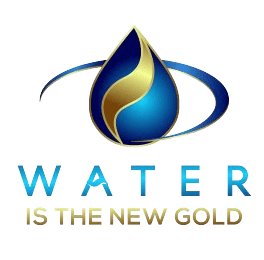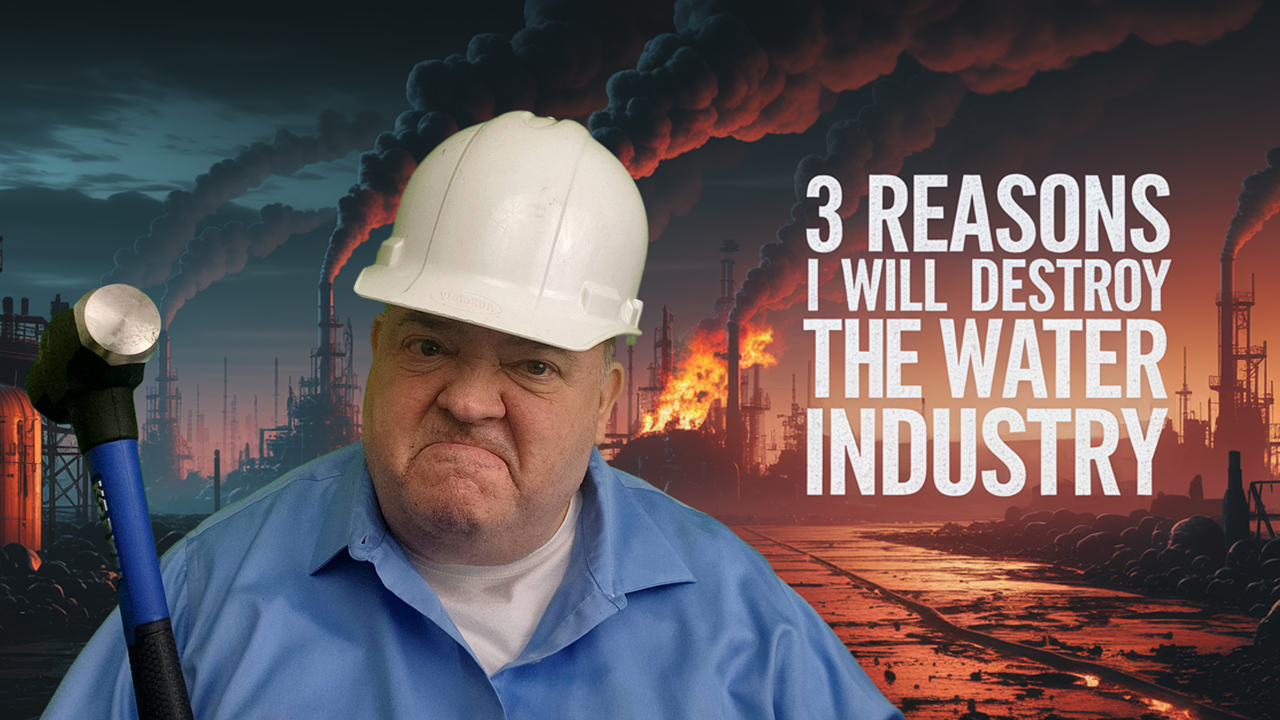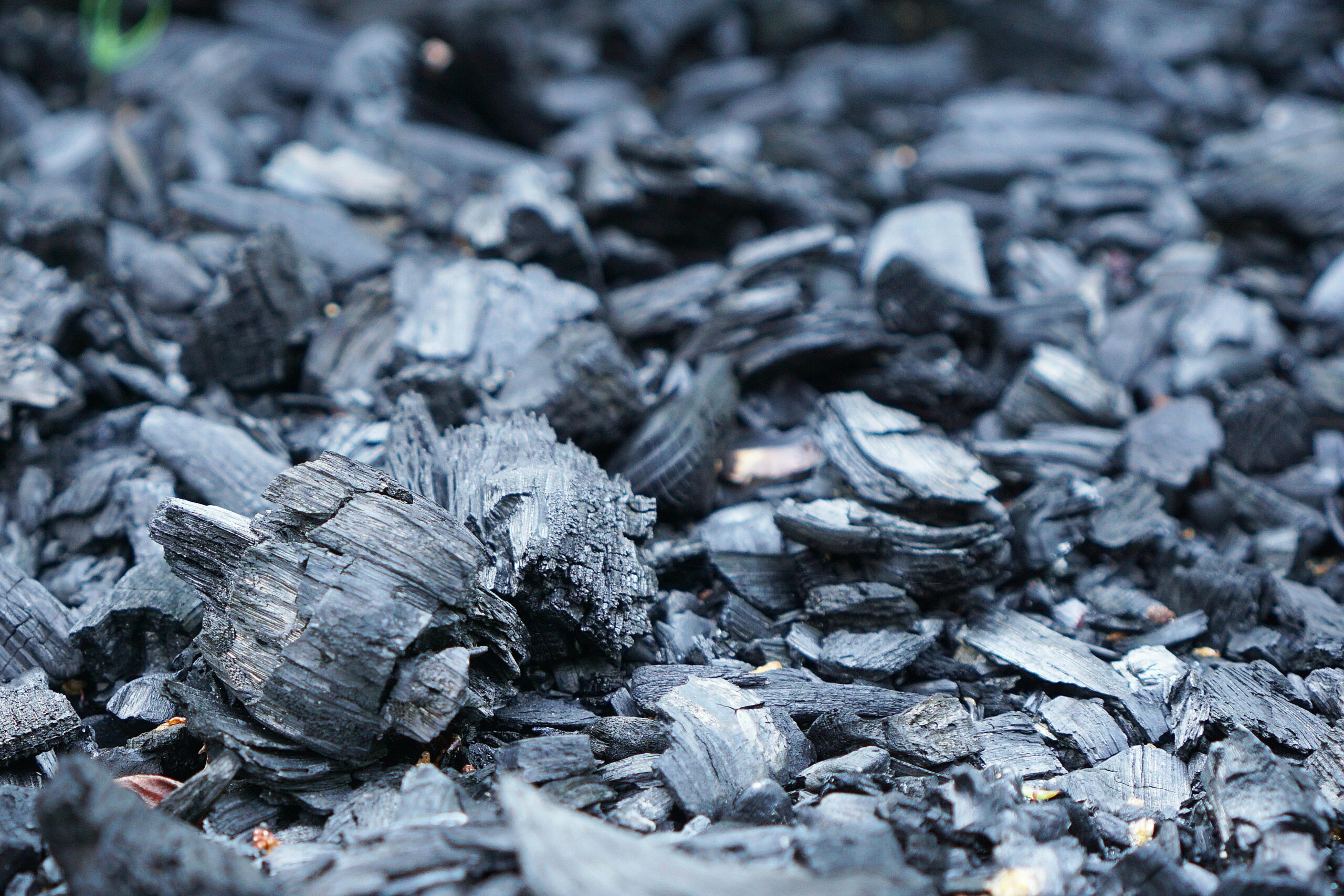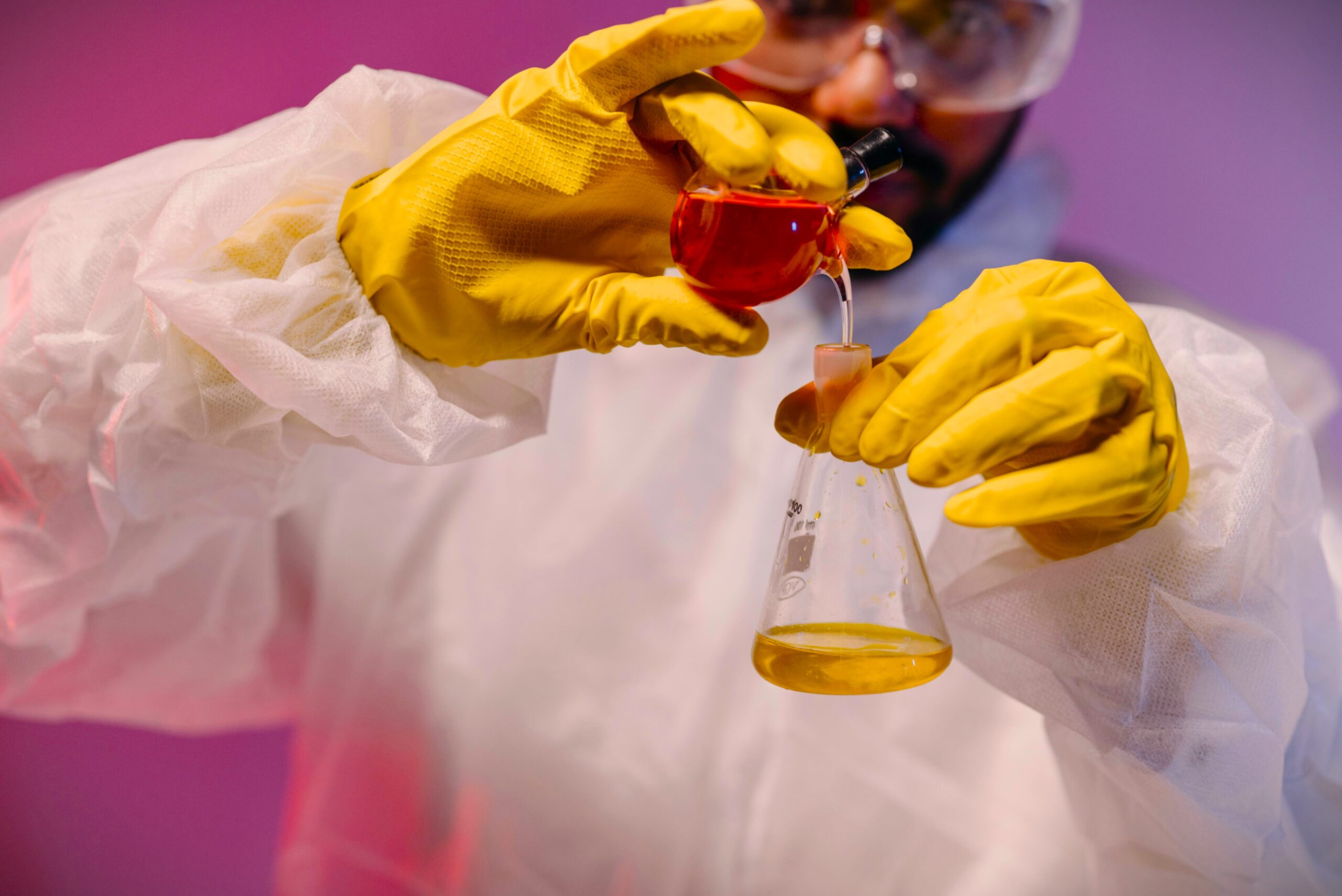It is good to be back in the saddle posting again. I took a little time to do some work around the house that needed it, and squeezed in some sales calls while attending a scientific conference in Las Vegas. As I promised however, I have returned to talk a bit about distillation as it applies to water, but also to other chemicals as well.
What makes distillation so effective as a purification technology is that it involves the phase change of liquids, in other words a changing from liquid into a gas, and then, via condensation, back again into a liquid. Because most liquids have a boiling point that is unique to them, we can not only use distillation to collect and separate different liquids in a mix, but we can also use distillation as a detection tool at determining if specific chemicals are present in any given solution.
One very interesting note about water purity. It is widely believed that distilled water is the most pure water available. This is untrue. Various industries, for instance automobile factory body painting, electronics manufacturing, and power generation require water that is ten to 18 times purer than triple distilled water.
When zero bacterial contamination is the desired goal, then distilled water is king. But distilled water contains between 0.5 – 1.5 mg/l (ppm) of dissolved inorganics. What this means is that if the level of toxins such as lead, mercury, or chromium are very high in the feed water, then the distilled water can easily contain a lethal concentration of such contaminants.
The reason distilled water is so often trusted is because rarely do we use distillation on heavily contaminated feed water, but instead use it to refine water that is just a small amount out of compliance.







